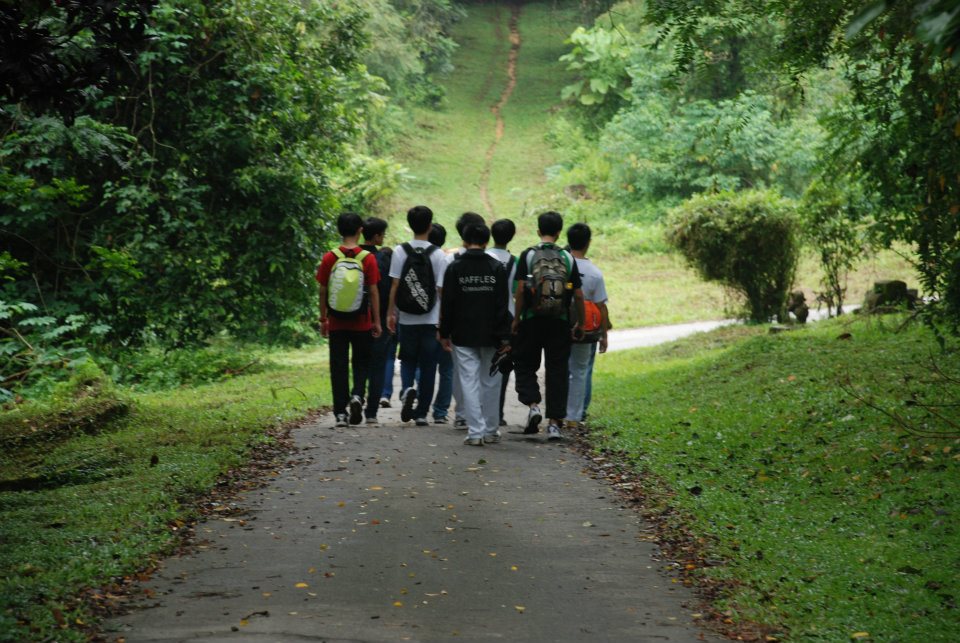Bukit Brown:Our Land,Their Legacy
4This letter was penned for ST Forum to be considered for publishing.
Letter reads:
The commentary by Chua Lee Hoong (“Resilience and the curse of narcissism” ST March 1, Budget Debate 2012) on NMP Faizah Jamal’s maiden speech goes to the heart of a question which has been elusive: What is it that we love about Singapore which roots us to our country. The answer simply put by the new NMP is land.
There is a piece of land called Bukit Brown Cemetery through which a new highway is scheduled to be built in 2013. It will slice through some of the most beautiful landscapes still available and accessible, and destroy it forever. It is also slated a couple of decades down the road for housing.
Bukit Brown Cemetery is approximately 97 acres, and has for over 100 years been landscaped by nature; it is also a piece of land that tells the story of our nation.
The tomb of Fang Shan, a coolie from China is recorded as the oldest remains of an immigrant interred at Bukit Brown. He died in 1833, 14 years after the founding of Singapore.
So far, 25 pioneers for whom our streets are named have been “discovered” at Bukit Brown; at last count some 15 pioneers who supported Sun Yat Sen’s revolution have also been identified.
Bukit Brown is the site of a fierce battle on 14 February 1942 between the British and Japanese. We are marking the 70th anniversary of The Battle of Singapore this year. A war archaeologist believes Bukit Brown is one of the last remaining battle fields intact from the theatre of war in the region. During the war, the cemetery was also the site of group burials for civilian casualties of all races.
Early this year, a small group of volunteers who have come to love this piece of land, started guided tours on request from various groups and the public, to share what little we have learned about its history and habitat.
I conducted a tour for a group of 16 year old students who had asked their teacher if she could arrange a visit. The site visit was followed up in the classroom when they invited an Assistant Professor to talk to them about the people buried there particularly, from their alma mater.
I ended the site tour at the crossroads in Bukit Brown, shaded by a canopy of rain trees, where there is ironically a no entry sign. I left the boys with this thought: 10 years down the road they may find themselves in an office looking at plans for Bukit Brown. 20 years down the road they could also be living here. What would they choose?
Bukit Brown holds the promise of land, as defined by Faizah Jamal. It should be protected in its entirety as a legacy for future generations, for them to decide what their legacy will be.
By Catherine Lim




The inscription on the tomb of Fang Shan is 道光十三年. It should be 1833 and not 1933. I was also wonder why 民国三十年 is on the left of the tomb. 民国三十年 is 1941. Is the tomb re-built at 1941?
Thanks Cheng Min, it is a typo. Fang Shan’s tomb was originally at Tortoise Hill in Bukit Merah, until the area was cleared for redevelopment and he was re-interred to Bukit Brown Please see the latest post on Group I cluster of tombs under the Category Tombs for more information
Many thanks!
Yesterday’s 1.6.2018 crack on Lornie Road could be due to the curse from those exhumed.
The construction company Swee Hong also beset with financial woes.
Of course official news blames the rain only and not the construction at all.
It could be any one who persists in this act of disturbing the resting place of so
many unnamed people who died in tragic circumstances.. could have to face
unfortunate consequences